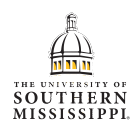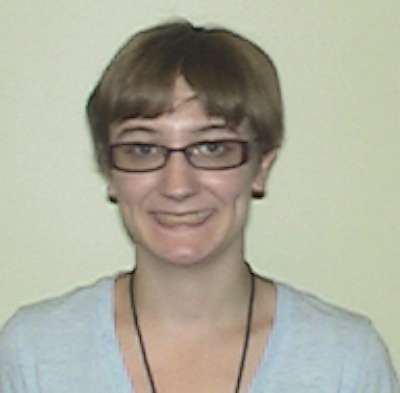Below is a summary of the abstract you submitted. Presenting author(s) is shown in bold.
If any changes need to be made, you can modify the abstract or change the authors.
You can also download a .docx version of this abstract.
If there are any problems, please email Dan at dar78@pitt.edu and he'll take care of them!
This abstract was last modified on May 3, 2017 at 1:39 p.m..

For several years, most colleges participating in the SEA-PHAGES program used a single bacterial host, Mycobacterium smegmatis. To increase the diversity of phages that infect members of the Actinobacteriaceae, the Phage Hunters class at The University of Southern Mississippi tested several alternative bacterial hosts. We report here the characterization of a new bacteriophage, LuckyBarnes, which was isolated from a soil sample collected in D’Iberville, MS, using enrichment with Brevibacterium iodinum ATCC 15728.
LuckyBarnes is a singleton siphovirus that represents a poorly characterized group of phages associated with species of Brevibacterium, Corynebacterium, and Arthrobacter. In the Actinobacteriophage database, LuckyBarnes is one of the only two Brevibacterium phages (the other is Cantare) with sequenced genomes. Electron microscopy revealed the presence of a 50-nm protein capsid and a 250-nm long, flexible tail. The phage was purified and amplified, and its DNA was isolated and sequenced using an Illumina MiSeq instrument. Single-end run reads were assembled to give a contig with 3,954-fold coverage. The 50,774-bp genome has the G+C content of 61.9%, similar to that of the host bacterium.
Putative genes in the LuckyBarnes genome were located using Glimmer and GeneMark, followed by manual inspection and annotation revision. A total of 67 protein-coding genes were identified, accounting for a 94.65 % coding capacity of the genome. Most predicted genes encoded conserved hypothetical or hypothetical proteins. Genes with assigned functions were those involved in the head and tail morphogenesis, including a major capsid protein (gp10), a terminase (gp7 and 8), a portal protein (gp9), a maturation protease (gp11), a tail-to-head connector protein (gp17), a tape measure protein (gp23), a tail subunit protein (gp19), a tail assembly chaperone (gp21), and several minor tail proteins (gp24-27). The predicted DNA metabolism genes included a DNA polymerase (gp45), a ssDNA binding protein (gp46), a DNA primase (gp63), a DNA helicase (gp64), and three nucleases (gp47, 59, and 67). The genome encoded a lytic cassette consisting of a class II holin (gp33) and a lysin with the N-acetylmuramoyl-L-Alanine amidase activity (gp32). LuckyBarnes also carried putative genes for the dCMP-hydroxymethylase (gp41) and two glycosyltransferases (gp39, 40) that may modify its DNA and improve resistance to degradation by host nucleases. The lack of an integrase gene and clear plaques suggested that LuckyBarnes is a lytic phage.


